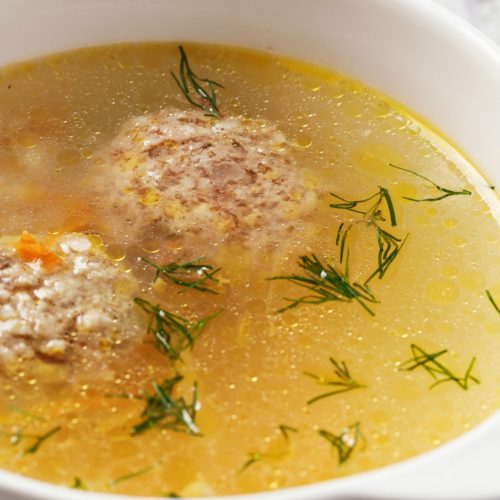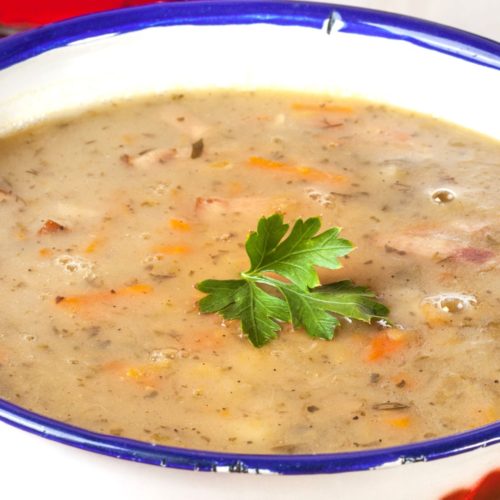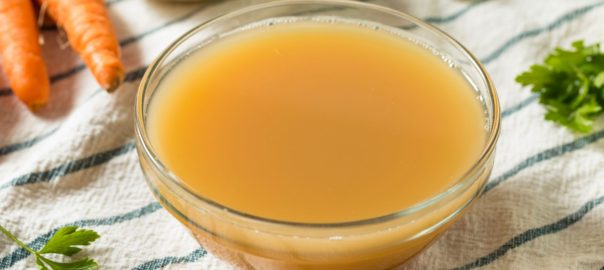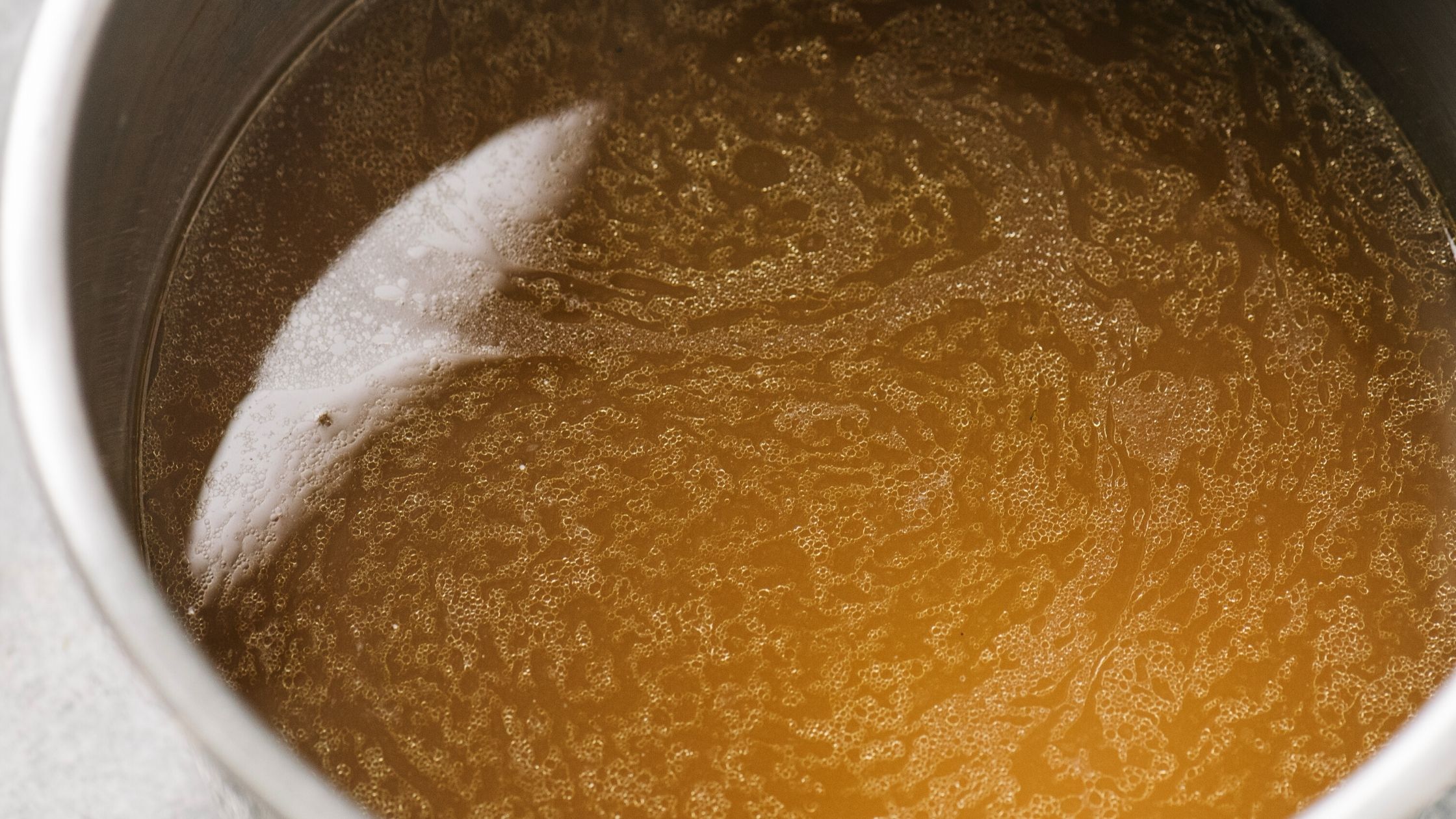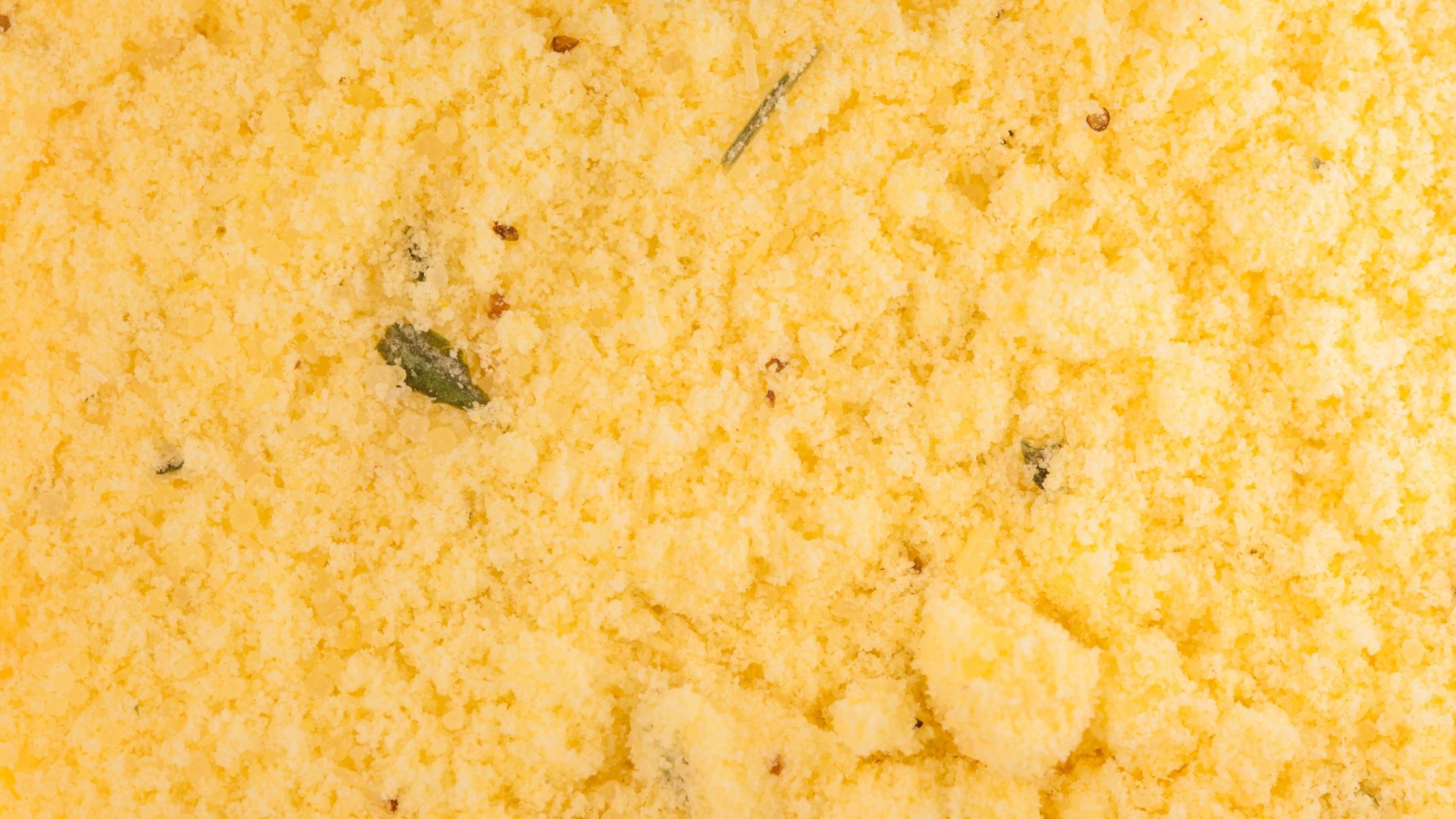Soup is a wonderful comfort food. There is just something special about a nice warm bowl of soup that can make us feel better. Plus it turns out that soup is a great health food and has been nourishing the people of the world for literally thousands of years.
Soups have been around as long as man had the ability to cook in a pot - about 16,000 years. Combining various ingredients into a large pot to create nutritious, filling, easy to digest, and simple to serve meals has worked well for many different cultures and continues to do so.
Benefits of Soup
There are a number of health benefits when it comes to eating soup. Breaking them down by category we discover the following:
1. Quality of Diet
One study showed that those that eat more soup had an improved overall diet quality. Depending on the ingredients, soup can be a way to increase your intake of vitamins, minerals, and fiber intake – all of which are great for your health. This is also correlated to the potential for better weight management.
2. Hydration
Soup offers additional hydration due to the water, stock, or broth that is its base. For some people soup may be another option for improving your hydration.
3. Veggies
Eating the daily recommended amount of vegetables can sometimes be a challenge. Soup can be a good way to help support this need as it often contains veggies. It’s a great place to use those vegetables that might not be crisp enough to be eaten raw but will work great in a soup. Adding slightly past prime but still edible veggies to your soup is also a way to avoid food waste.
4. Satiety
Keeping your body satisfied with a “full” feeling can go a long way toward reducing mindless, bored snacking. You can improve that feeling of fullness, called satiety, when you add soup to your menu. Studies have that consuming soups can lead to a reduction of hunger pangs and an increase of a feeling of fullness. Soups were found to be helpful because for many soups the ingredients in them often require chewing which helps with satiety. This may account for lower body weight among people who consume soup. It is often served early in a meal because it can stimulate your gastrointestinal response – it gets your system ready to digest your food.
5. Nourishing Bump
Soup is wonderful in an of itself, however it also presents an opportunity to get more nutritional density in your diet. By using bone broth instead of water you add even more nutrients to the soup. This is because bone broth can add additional amino acids which are used to make proteins. The amino acids have a wide range of benefits, they can:
- help break down your food
- grow and repair tissue
- make hormones
- support brain chemicals
- build muscle
- boost your immune system
- and maintain healthy skin, hair, and nails.
When using bone broth instead of water it provides collagen, the primary substance which makes up connective tissue in your body. Collagen provides structure, strength, and support, and also used to repair tissues such as bone, tendons, ligaments, and skin.
What about chicken soup?
Chicken soup is what you typically think about when you’re feeling under the weather. Some people even refer to chicken soup as Nana’s Penicillin. As it turns out there’s a good reason for that.
Studies have shown that chicken soup may help clear nasal congestion and alleviate other cold symptoms. Plus it’s mostly liquid so it’s helping with hydration which is important when you’re under the weather.
Chicken soup is also high in tryptophan may help support that feeling of “comfort”. The veggies can add vitamins along with other antioxidants and minerals all of which help to build your immune system and reduce inflammation.
Now you can see why many cultures have used soups to nourish themselves and their families for so long. There are soups for every season served hot, cold, thick or thin – the possibilities are endless. Soup recipes are also extremely flexible allowing for a tremendous amount of creativity. Enjoy a wonderful bowl of soup knowing you are investing in your health.
[expand title="Sources"]
- Deshmukh SN, Dive AM, Moharil R, Munde P. Enigmatic insight into collagen. J Oral Maxillofac Pathol. 2016 May-Aug;20(2):276-83. doi: 10.4103/0973-029X.185932. PMID: 27601823; PMCID: PMC4989561.
- Mattes R. Soup and satiety. Physiol Behav. 2005 Jan 17;83(5):739-47. doi: 10.1016/j.physbeh.2004.09.021. Epub 2004 Nov 11. PMID: 15639159.
- Rennard BO, Ertl RF, Gossman GL, Robbins RA, Rennard SI. Chicken soup inhibits neutrophil chemotaxis in vitro. Chest. 2000 Oct;118(4):1150-7. doi: 10.1378/chest.118.4.1150. PMID: 11035691.
- Zhu Y, Hollis JH. Soup consumption is associated with a lower dietary energy density and a better diet quality in US adults. Br J Nutr. 2014 Apr 28;111(8):1474-80. doi: 10.1017/S0007114513003954. Epub 2014 Jan 2. PMID: 24382211.
[/expand]
